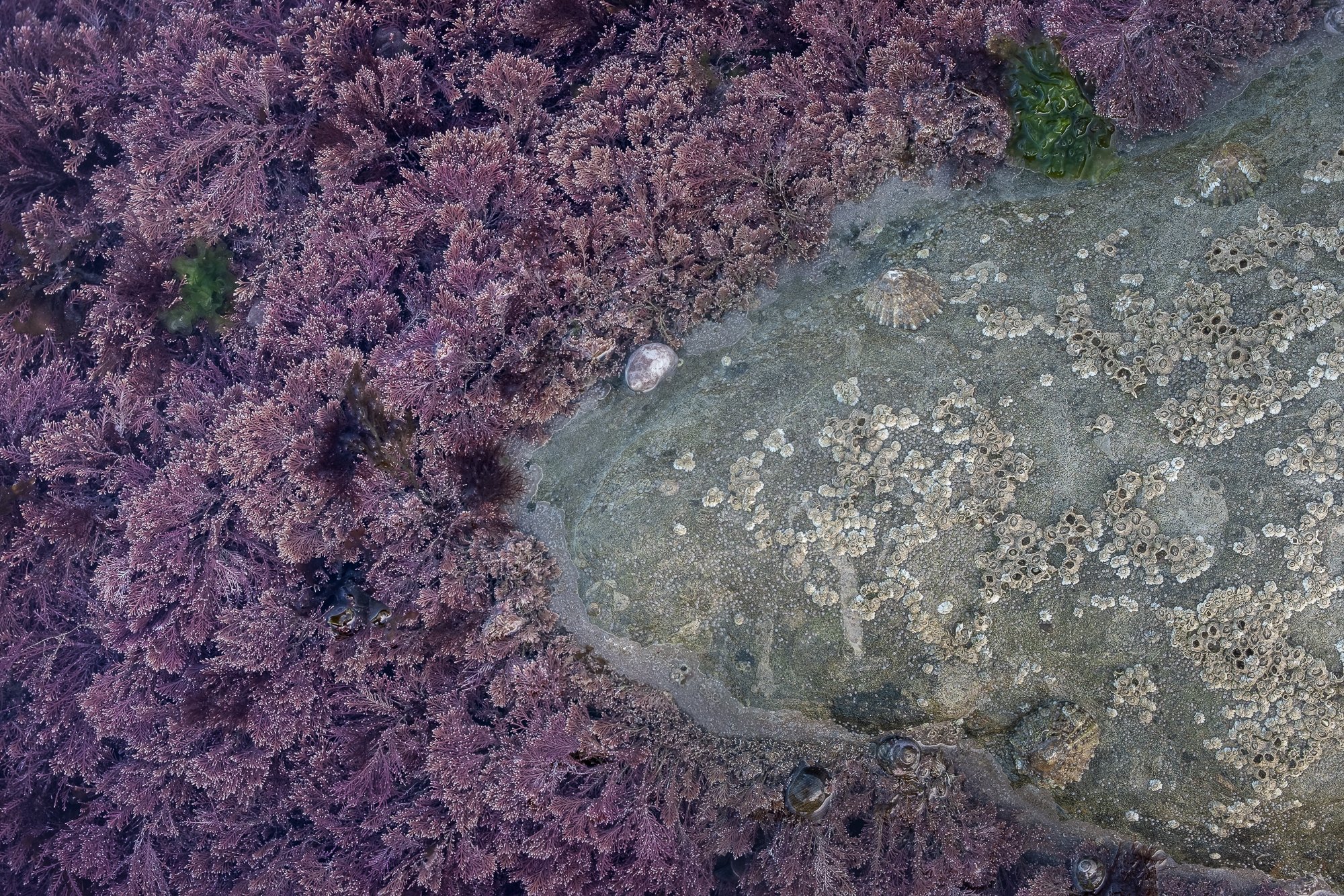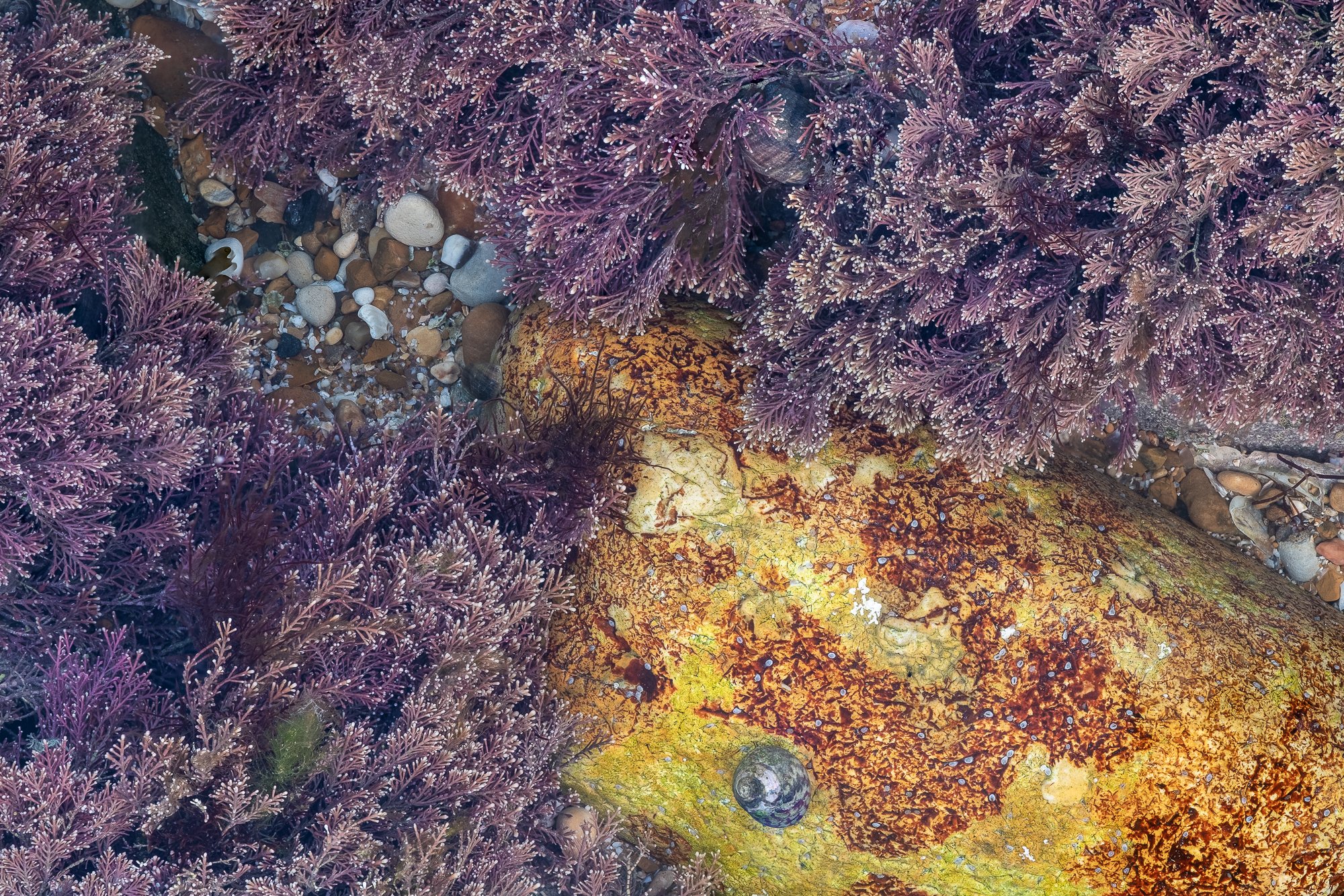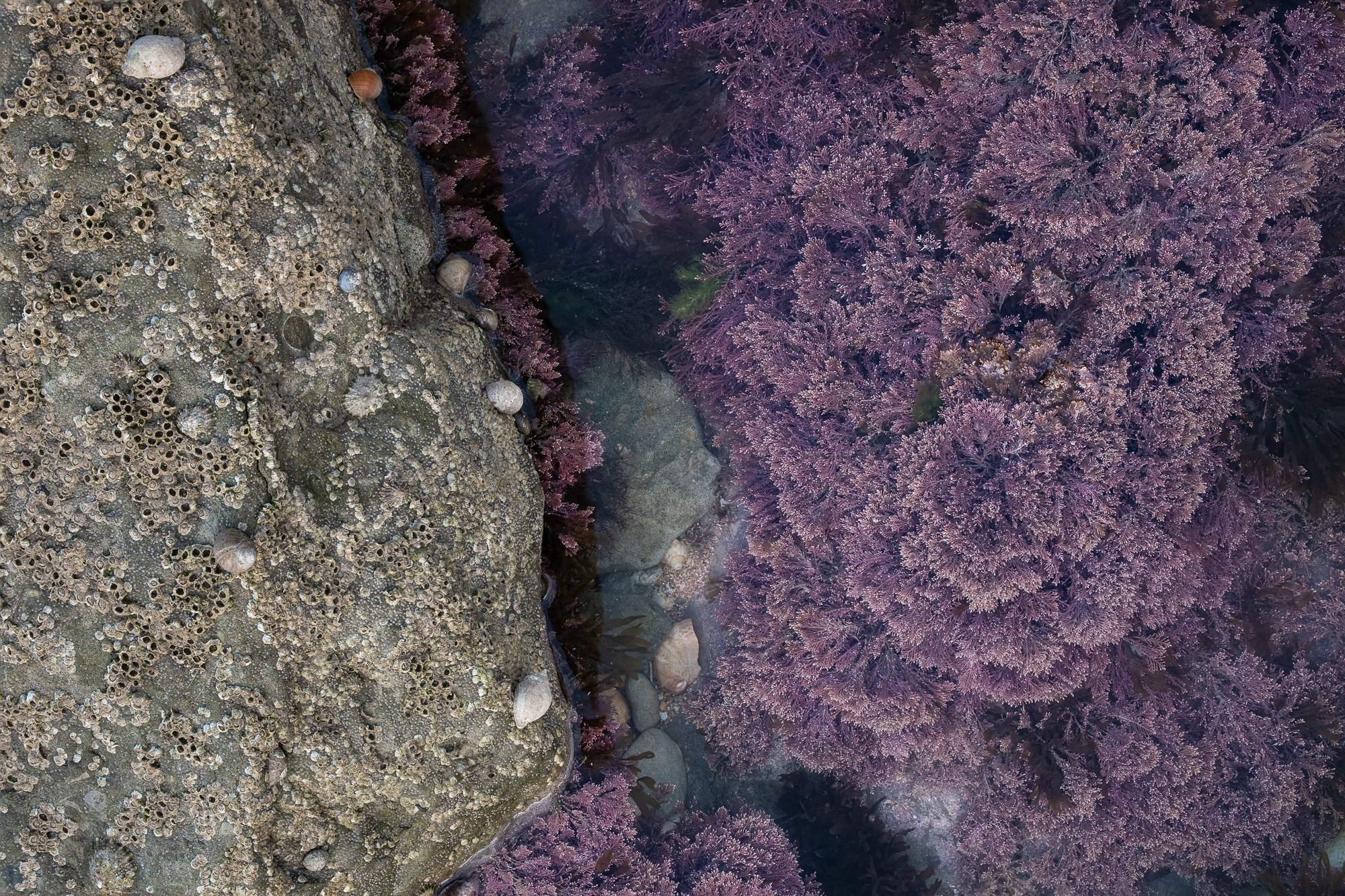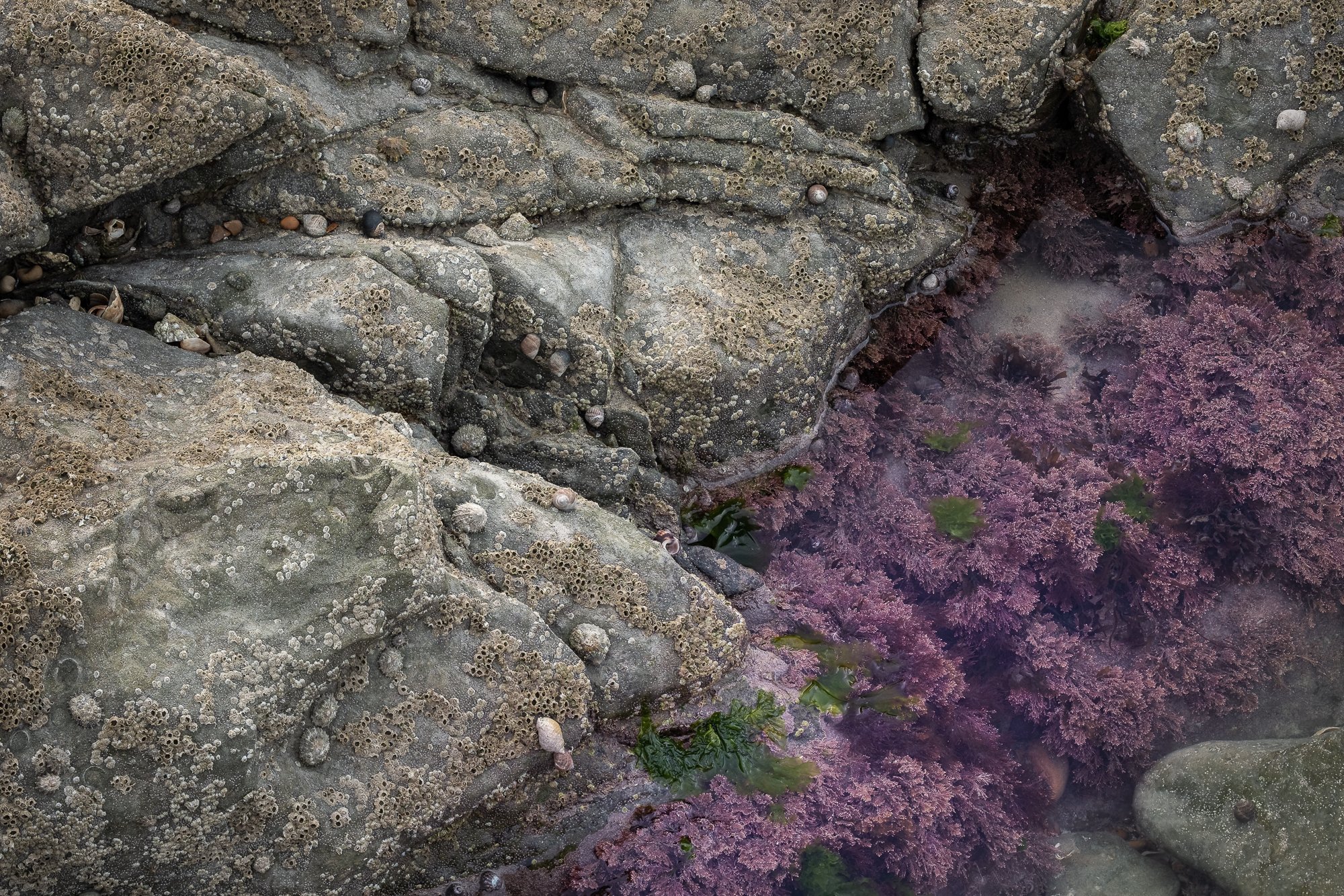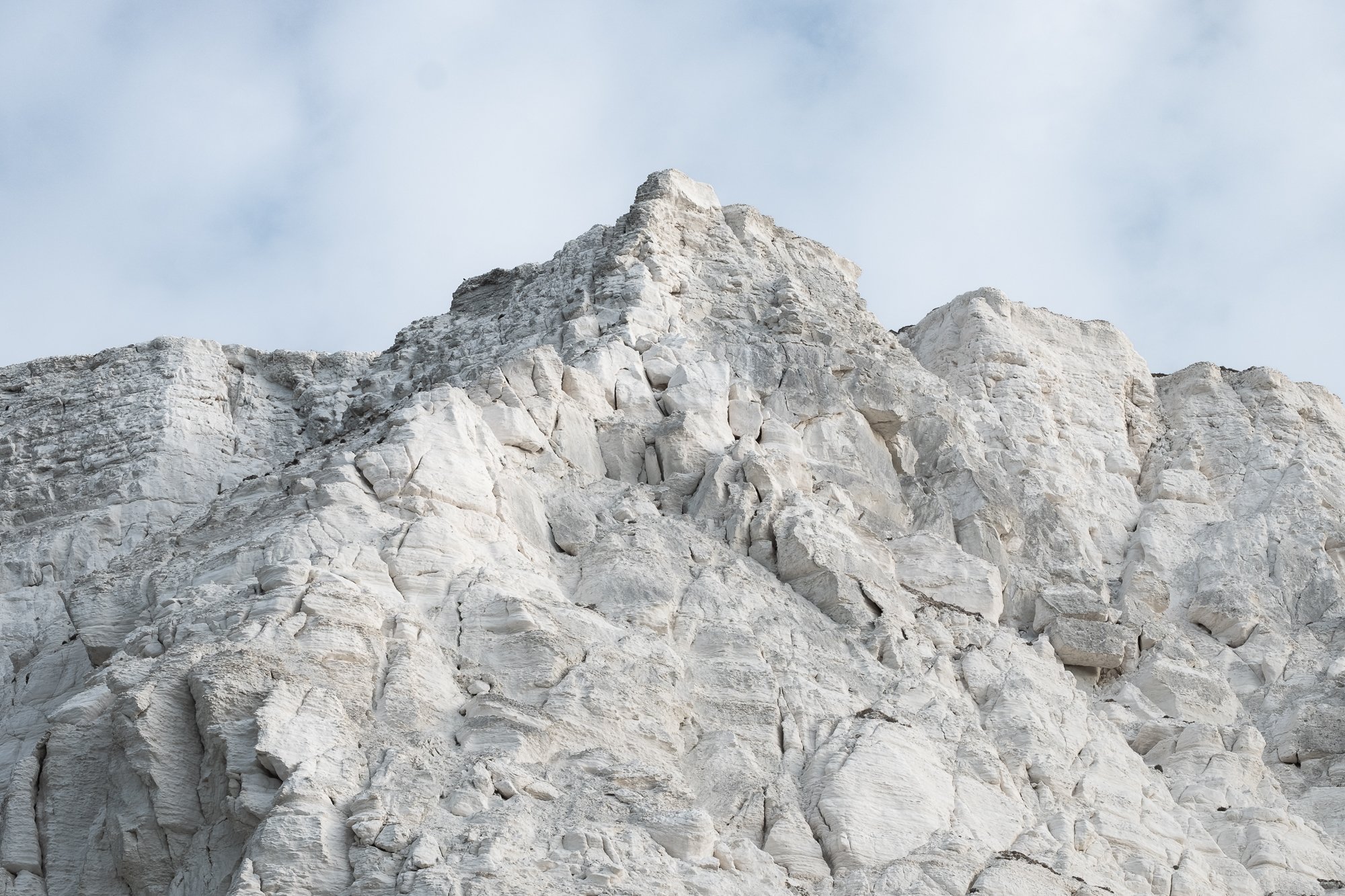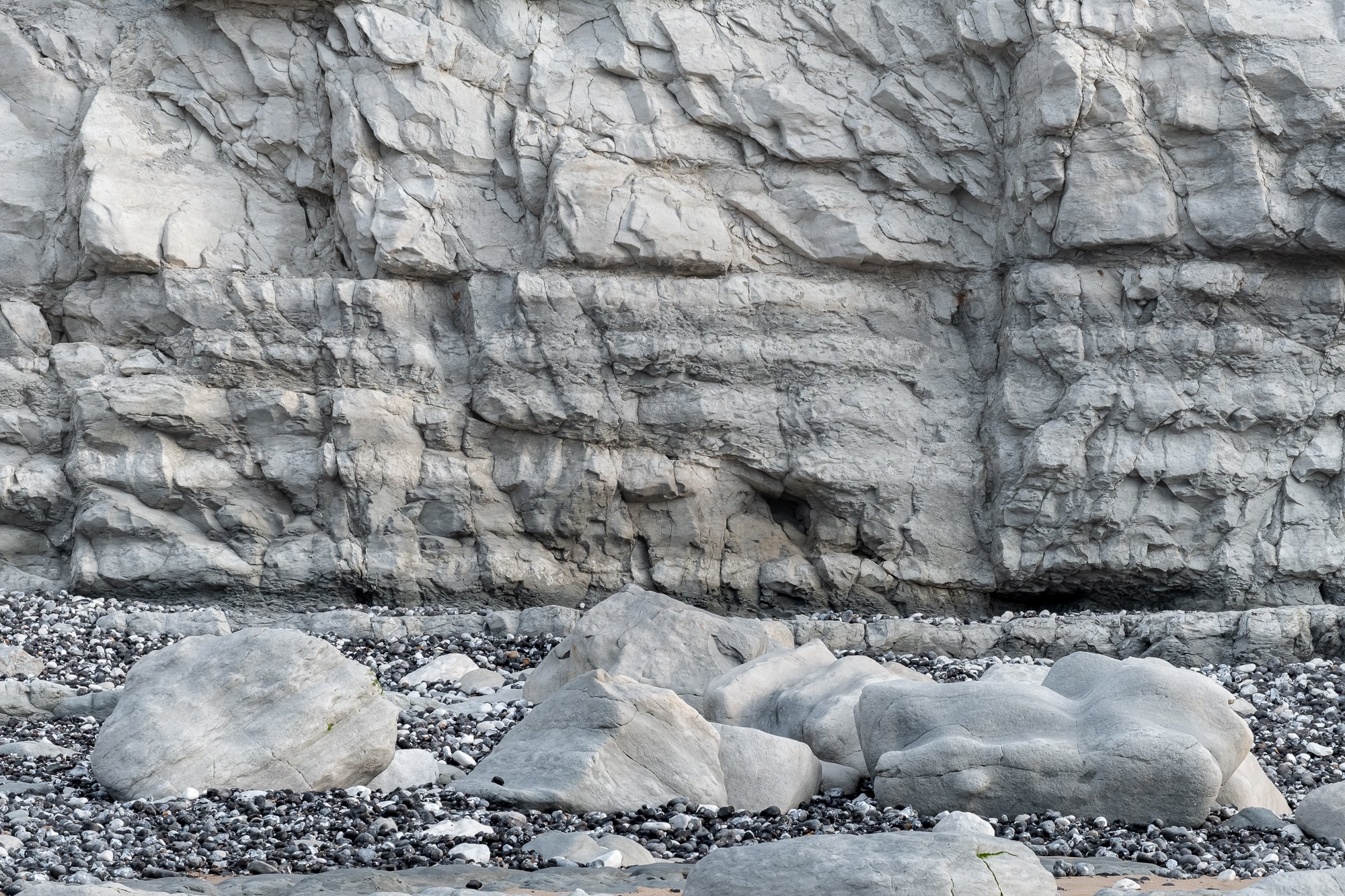On Location | Photographing Beachy Head Lighthouse
Being an amateur photographer with a full-time job and a young family, finding quality time to be out for hours in the landscape taking photos isn’t always easy. I’m sure many will relate to finding clever ways to balance their time between life and what is essentially a hobby. So, when the opportunity to have a full day to myself presented itself, I wasted no time planning a trip down to Beachy Head to photograph that stretch of the Sussex coastline.
To make the most of my day, I decided it would be a dawn to dusk shoot, arriving on location at the water’s edge just before sunrise and spending the day in the local area, possibly scout a few locations in the area before heading back to the coast for sunset. During April, that would mean a 16 to17-hour day including the travel but thankfully the tide times coincided with my plans nicely with low tide happening around sunrise and sunset, so I would have plenty of time to refuel at lunchtime, while the tide was in and the beach inaccessible.
The thing about photography is that you can envisage a shoot as much as you like but rarely does it work out the way you plan and I have to admit, the sunrise shoot of the lighthouse, didn’t go as well as I had hoped. The fact is, I didn’t leave myself enough time to get on location and find the best composition. I wanted to take this composition of the lighthouse and cliffs rising out of the frame to the right-hand side, but preferably with a little more interest in the foreground. Maybe a rock pool or channel of water to lead the eye into the frame. I hunted around for 15-20 minutes but the sun was rising fast behind me and I didn’t want to miss this subtle light and pastel colours. So, forgoing an interesting foreground (for now), I settled for this classic composition of the lighthouse and cliffs using these layers of different textures along the beach to add some depth to the overall composition.
While on location, I couldn’t help but feel a little disappointed with not finding a stronger foreground for this image but since getting home and living with the photo a little longer, I find the subtlety of the light and composition work really well together and it’s grown on me quite a lot.
Fujifilm XT2 | XF18-55mm | 29mm | 1/15th Second | f/7.1 | ISO200
One of the reasons I decided to head down to the coast for this shoot was to explore the details, look for small scenes and the different textures on the shoreline. The popularity of photographing intimate landscapes seems to have exploded recently and it’s something that has caught my attention too. I’ve started to see past the wide vista and urban cityscape and explore these closeup, natural scenes most people simply pass by as they go about their everyday life.
Spotting and translating these small scenes into a well-composed photo is not as easy as it might appear with both creative and technical challenges to overcome and I for one still have a lot to learn. Like with traditional landscape photography, there are creative challenges such as working with the light, finding contrast and organising the shapes and textures into interesting, meaningful compositions. Technically, you have some depth of field challenges when getting in so close to the subject and knowing how to focus stack in programs such as Photoshop can be a real-life save when trying to keep an entire image sharp.
As I hunted around the various rock pools, it was the colour and texture of the coral weed and how it contrasted against the rocks which first captured my attention. The rocks, with a scattering of barnacles and limpets have a host of interesting textures themselves, but when set against the purple weed and organised into a somewhat pleasing composition, an intimate rockpool image starts to form. I also found this yellow, rusty coloured stone alongside the purple weed and liked the contrast in textures and colours it created.
To my eye, the purple coral weed stood out and had some vibrancy to it but I think because it was submerged underwater, my camera struggled to pick up on this colour and in post-production, I had to pull the colour back quite a lot so it reflects better what I saw when I was there, on location.
I mentioned previously the technical challenges involved when taking close-up photos of small scenes and although it’s not immediately obvious, the rocks above the water and submerged coral weed are at different heights. Being at different distances from the camera and with the focal length I was using meant there was no way to get the entire scene sharp in one photo, so I needed to focus stack the image and blend the sharp areas together later. With the added challenge of the weeds and limpets moving subtly between shots, blending and processing each photo took a lot longer than I first anticipated. I’m quite happy how these turned out and the two images below are my favourite of the set.
Once finished photographing the rock pools, I turned my camera toward the chalky cliffs. The light was getting stronger by this time and I wanted to photograph some of the textures and features of the chalky cliffs before it became too harsh.
Looking upwards, I liked the way this triangular section of the cliffs points upwards, mimicking the peak of a mountain and against the soft, thin layer of clouds, the shapes and textures of the chalk could really stand out. I guess it’s the closest I’ll ever get to a mountainous terrain here in the relatively flat southeast of England.
I wasn’t really sure what I was doing with the second image below other than just enjoying a scene and photographing it. It’s no award winner but on reflection, it turns out I actually quite like it, specifically the horizontal lines and textures in the cliff face set against the soft shapes of the smoother boulders in the foreground creating this somewhat layered composition.
With the sun high in the sky and the tide now coming back in, I decided to head back inland to get a coffee, relax for a while before heading to my next destination.
I’ve wanted to visit the nearby Friston Forest for a while now and being close by, this was the perfect time to go and scout the area for future woodland photoshoot opportunities. So, once rested and hydrated, I drove the short distance, parked up and ventured into the woodland.
By now it was the middle of the day and far from ideal conditions (for me) to take woodland photos but as I wandered through, I did get the camera out a couple of times when a particular scene caught my eye. On any other day, I avoid dappled woodland light like the plague but on this occasion, as I stood at the top of a bank, looking down on this tree, the textures created by the vibrant leaves and the light hitting the trunk was enough for me to set the camera up and take a photo of it.
It was a gloriously sunny day and the shaded walk through the trees was a perfect way to spend the afternoon.
After a lovely walk in the forest and a few hours relaxing along the beach with a coffee or two in nearby Eastbourne, I made my way back to Beachy Head, this time giving myself plenty of time to work on a better composition of the lighthouse.
With the sun getting lower in the sky, slowly working itself around the back of the cliffs and out of view, I searched the many watery channels left by the outgoing tide for my foreground. After hunting around a while, much of the water had filtered out from the gaps in the rocks and I found the foreground I was looking for. This channel of water winds its way between the rocky foreground towards the lighthouse working perfectly as a compositional lead-in line while at the same time adding the right amount of visual weight to the left hand of the frame balancing it somewhat against the heavier line of cliffs on the right.
With the light at its best, illuminating the sky behind the lighthouse and basking the scene in its beautiful golden tones, I took what turns out to be my favourite photo of the shoot. I couldn't decide between a landscape orientation which emphasises the epic cliff line on the right or a portrait orientation, which allowed me to include more of that golden hour sky and longer channel of water in the foreground. So, I took both and have shared them below.
Fujifilm XT2 | XF18-55mm | 18mm | 1/200th Second | f/8 | ISO200
Fujifilm XT2 | XF18-55mm | 20mm | 1/250th Second | f/8 | ISO200
Still happy with the composition, I decided to wait around after sunset, keeping the camera in the same position to see how the light evolved. Was I going to get an epic explosion of post-sunset colour or will it subtly fizzle away as the sun lowered further below the horizon? It turned out to be the latter.
With the light fading, the sky directly behind the lighthouse was looking good as it transitioned from those gold tones we had before sunset to a more subtle pink and blue pallet in the sky and on the cliffs. I really wanted to emphasise these different colours in my next photo, so with the help of my telephoto 55-200mm lens I took this close-up panoramic photo of the lighthouse, set against those pink and blue tones all around it. A simple composition, but sometimes that’s all you need to let the other aspects such as colour and texture stand out.
Finishing off the day, I put the wide lens back on the camera and photographed the lighthouse with the foreground once again included as the last of the light faded and the early blue hour crept in. With the photos I wanted in the bag and a bit of a walk back to the car ahead of me, I decided I was done for the day and made my way home.
Fujifilm XT2 | XF55-200mm | 70mm | 1/20th Second | f/8 | ISO200 | Stitched Pano
Fujifilm XT2 | XF18-55mm | 18mm | 1/6th Second | f/8 | ISO200
Fujifilm XT2 | XF18-55mm | 18mm | 0.8 Seconds | f/14 | ISO200
So, there you have it, a very full-on but enjoyable day of photography along the Sussex coast. I enjoyed a beautiful pastel sunrise, got to practise some intimate coastal photography, enjoyed some time-out, alone to relax, I scouted a new woodland location, had coffee on the beach, and was gifted a beautiful sunset to top it all off.
What a fantastic day!
Until next time.


